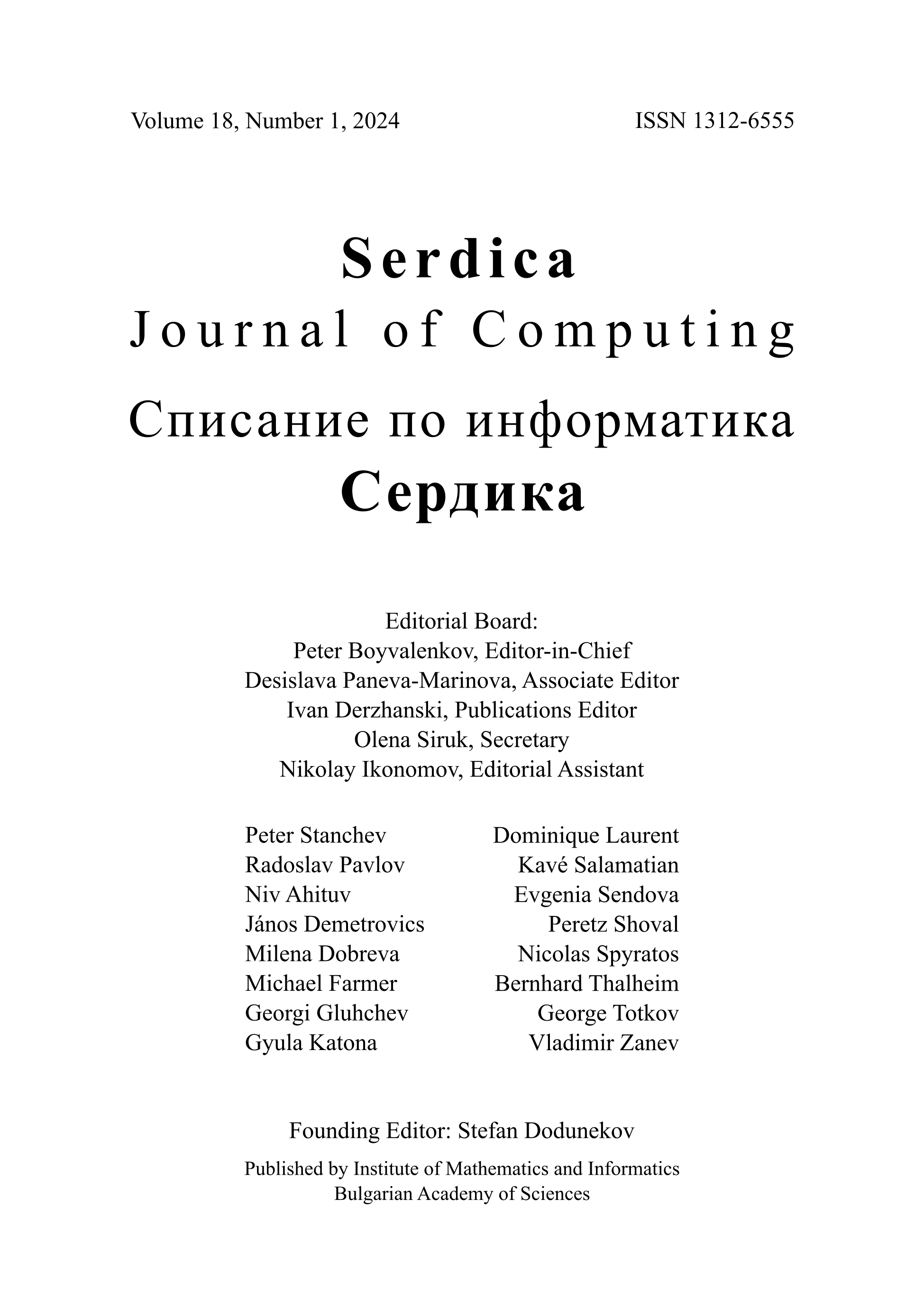A Taxonomy of Big Data for Optimal Predictive Machine Learning and Data Mining
DOI:
https://doi.org/10.55630/sjc.2014.8.111-136Keywords:
Massive Data, Taxonomy, Parsimony, Sparsity, Regularization, Penalization, Compression, Reduction, Selection, Kernelization, Hybridization, Parallelization, Aggregation, Randomization, Sequentialization, Cross Validation, Subsampling, Bias-Variance Trade-off, GeneralizatioAbstract
Big data comes in various ways, types, shapes, forms and sizes.Indeed, almost all areas of science, technology, medicine, public health,
economics, business, linguistics and social science are bombarded by ever
increasing flows of data begging to be analyzed efficiently and effectively. In
this paper, we propose a rough idea of a possible taxonomy of big data,
along with some of the most commonly used tools for handling each
particular category of bigness. The dimensionality p of the input space and
the sample size n are usually the main ingredients in the characterization
of data bigness. The specific statistical machine learning technique used to
handle a particular big data set will depend on which category it falls in
within the bigness taxonomy. Large p small n data sets for instance
require a different set of tools from the large n small p variety. Among other
tools, we discuss Preprocessing, Standardization, Imputation, Projection,
Regularization, Penalization, Compression, Reduction, Selection,
Kernelization, Hybridization, Parallelization, Aggregation, Randomization,
Replication, Sequentialization. Indeed, it is important to emphasize right
away that the so-called no free lunch theorem applies here, in the sense
that there is no universally superior method that outperforms all other
methods on all categories of bigness. It is also important to stress the fact
that simplicity in the sense of Ockham’s razor non-plurality principle of
parsimony tends to reign supreme when it comes to massive data.
We conclude with a comparison of the predictive performance of some
of the most commonly used methods on a few data sets.

